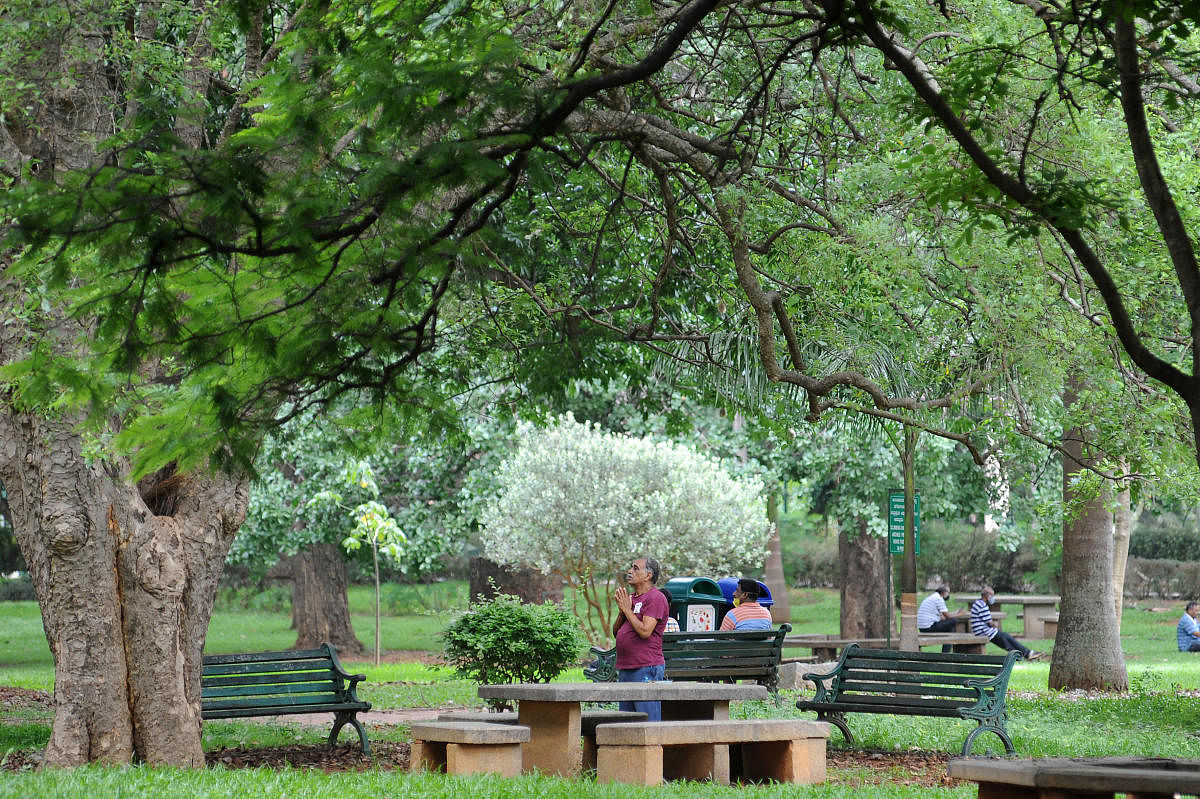

Sourced from different parts of the globe, avenue trees in Bengaluru not only set the tone for the city and make it picturesque but also draw the eyes of both visitors and locals, every season. ‘Garden City’ being one of its famous sobriquets, the canopies of several avenue trees across the city cast sun-dappled shadows on its roads. Trees from Central America, Africa, Australia, Southeast Asia and some from Europe have thrived in this environment for years.
Traditionally, native trees were planted way back in the days of Ashoka (268 to 232 BCE), who ordered the planting of trees like banyan, peepal, mango, mahua tree (Madhuca longifolia), pongaemia (honge mara) and other varieties. “The purpose was purely to offer shade and help small animals and birds like monkeys and bats co-exist with the humans,” said S V Hittalmani, former additional director of the horticulture department. The idea of beautification and aesthetics came in much later.
Several kingdoms followed suit and, today, native avenue trees line the nation’s highways.
Between 1910 and 1930, German botanist and garden designer Hermann Krumbiegel, the man behind the blooming face of Bengaluru, transformed and introduced the concept of flowering avenue trees.
Saplings and trees were sourced from Central America, Africa, Australia, Southeast Asia and Europe. The mantra was to produce, multiply and plant.
It all began in Bengaluru’s Lal Bagh which is home to some of the oldest trees in the city. Some of these trees are 200 years or older. Harini Nagendra, an urban ecologist and a Professor at Azim Premji University, Bengaluru said, “avenue trees in the city are as old as 150 years. Some trees bloom in sync with the tree’s origin.” She added, “these trees not only offer shade but also reduce air pollution to a great extent.”
Krumbiegel went on to plan and plant several avenue trees in public and cantonment areas. The plan was implemented in public sector units like HAL, BHEL, HMT and educational institutions like IISc.
Popular trees like the African tulip (red flower) from Africa, varieties tabebuia, pride of India (Lagerstroemia speciosa), raintrees from tropical America, Cassia (yellow flower) from Southeast Asia, coniferous Christmas tree from Australia, were acclimatised, multiplied and planted.
Beautification
A mandate was given by the then department of public gardens (now known as the department of horticulture) to plant these trees as avenue trees. The idea was to beautify and improve the aesthetics of the city. Those who came after Krumbiegel too followed suit for the next half a century.
Bengaluru’s climate was favourable for these rather exotic trees in the early 1930s. The city was described as having a cool-tropical climate, although it is now inching towards a hot tropical climate, thanks to rapid urbanisation.
The city, which once had tiled roofs and big gardens in front of homes, tongas and little traffic, has transformed into a concrete jungle with glass facades, and common walls. Concrete roads have taken over simple kaccha roads and carbon emission is at its highest. Some trees that are 80 years old and some even older stand the test of time.
Shilaja K R, a resident of Jayanagar said, “Throughout my childhood, the tree cover was a blessing to us. Especially the R V Road stretch where the metro train now passes through. Residents and walkers near Lalbagh and Basavanagudi also enjoy tree cover. We must protect these trees as the temperature continues to rise.”
What is the future of these iconic trees? Unplanned roads leave no scope for trees to survive. “We have lost trees as old as 100 years to road widening. Avenue trees next are most susceptible to felling,” said Harini.
Horticulturists call for scientific planning, saying that this is the only way forward to avoid a bleak future for newly planted avenue trees as well as for the ones that have stood the test of time for decades.